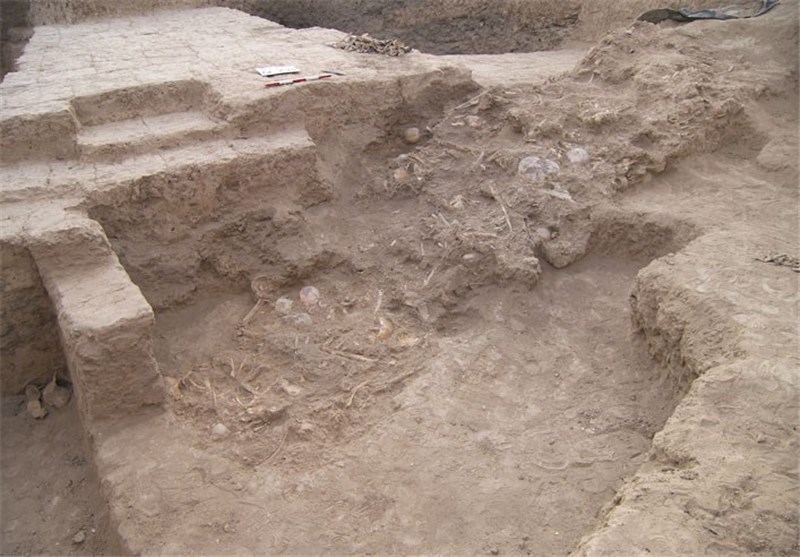
An Iranian excavation team led by archaeologist Behzad Mofidi-Nasrabadi, on Friday, discovered a workshop which dates back to the city’s time as a prominent center in the Elamite Empire and records the expansion of commerce, arts, and crafts, the Archeology magazine reported.
Physical evidence of this prosperity include lavish grave goods found in the tomb of a female official, and an artful female figurine unearthed by the team.
The 3,400-year-old remains of several hundred massacre victims were found piled on top of one another at the site.
The research team will continue to investigate what might have happened.
Elam was an ancient civilization centered in the far west and southwest of what is now modern-day Iran, stretching from the lowlands of what is now Khuzestan and Ilam provinces as well as a small part of southern Iraq.
Elamite states were among the leading political forces of the Ancient Near East. In classical literature, Elam was more often referred to as Susiana a name derived from its capital, Susa.
Elam was part of the early urbanization during the Chalcolithic period (Copper Age). The emergence of written records from around 3000 BC also parallels Sumerian history, where slightly earlier records have been found. In the Old Elamite period (Middle Bronze Age), Elam consisted of kingdoms on the Iranian plateau, centered in Anshan, and from the mid-2nd millennium BC, it was centered in Susa in the Khuzestan lowlands.
Its culture played a crucial role during the Persian Achaemenid dynasty that succeeded Elam, when the Elamite language remained among those in official use.

Add new comment